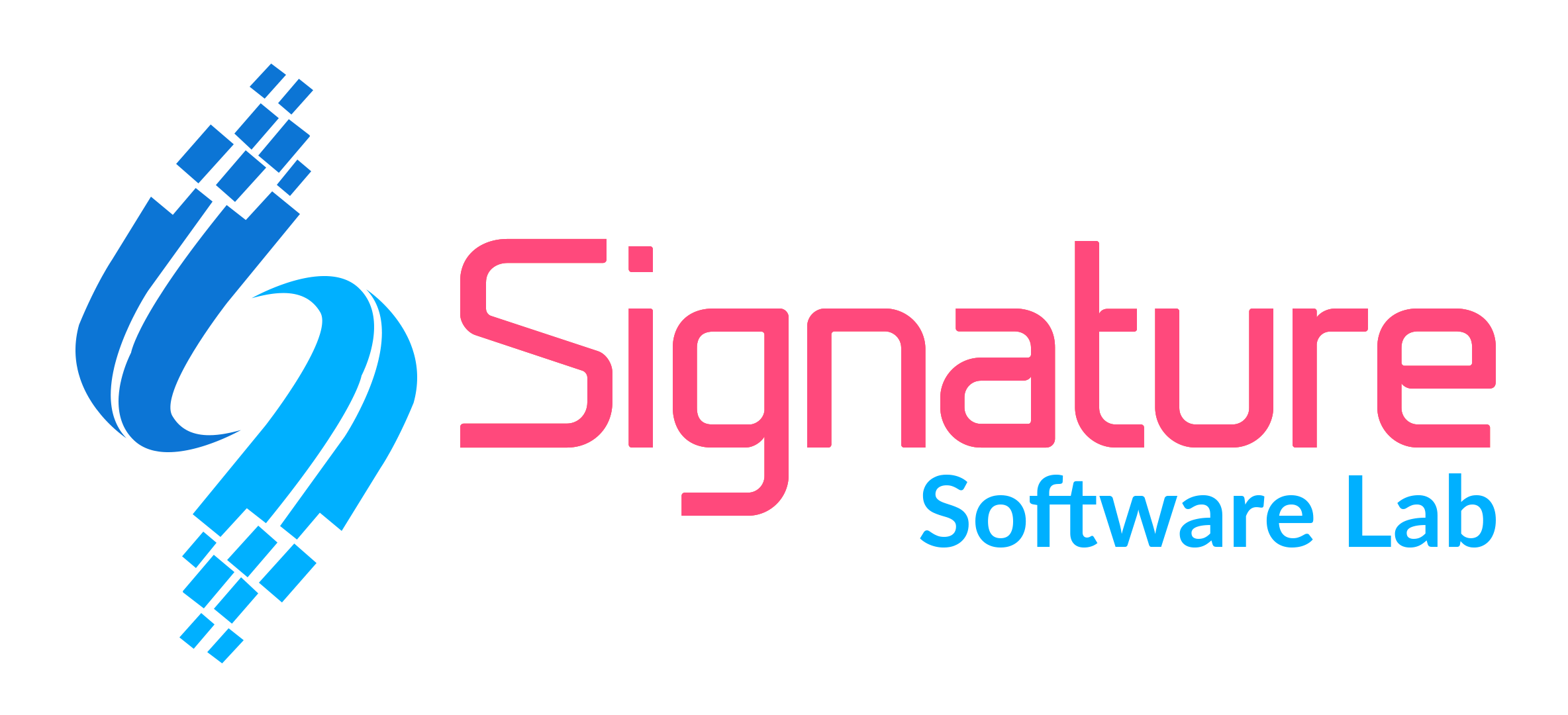Blockchain Application Development
To develop blockchain applications, developers need a solid understanding of blockchain concepts, programming skills, and familiarity with the chosen blockchain platform. They must also consider security measures, scalability and interoperability with existing systems when designing and building blockchain applications.
Overall, blockchain application development has immense potential to revolutionize various industries by enabling transparent, secure and efficient decentralized solutions.

Developing blockchain applications involves several key steps:
Defining the Use Case
Determine the specific problem or application that can benefit from blockchain technology. This could include areas such as supply chain management, financial transactions, health records, voting systems or decentralized applications (DApps).
Choosing the Blockchain Platform
Select the appropriate blockchain platform based on the use case requirements. Popular platforms include Ethereum, Hyperledger Fabric, Corda or other private or public blockchains.
Application Design
Create the architecture and design of the blockchain application, including smart contracts, data structures, and user interfaces. Smart contracts are self-executing agreements that run on the blockchain and automatically apply predefined rules.
Development
Write the application code using programming languages and frameworks compatible with the chosen blockchain platform. For example, Ethereum uses Solidity, while Hyperledger Fabric supports several programming languages such as Go, Java, and Node.js.
Testing
Perform rigorous testing to ensure the functionality, security, and performance of the blockchain application. This includes smart contract testing, handling edge cases, and simulating real-world scenarios.
Deployment
Deploy the application on the chosen blockchain platform, either on a public blockchain or within a private network. This involves configuring the necessary infrastructure, nodes and configuring the network.
Maintenance and Updates
Monitor the deployed application, address any issues that arise, and implement updates or improvements as necessary . Since blockchain technology is relatively new and evolving, it is essential to stay up to date with the latest advancements and security best practices.




